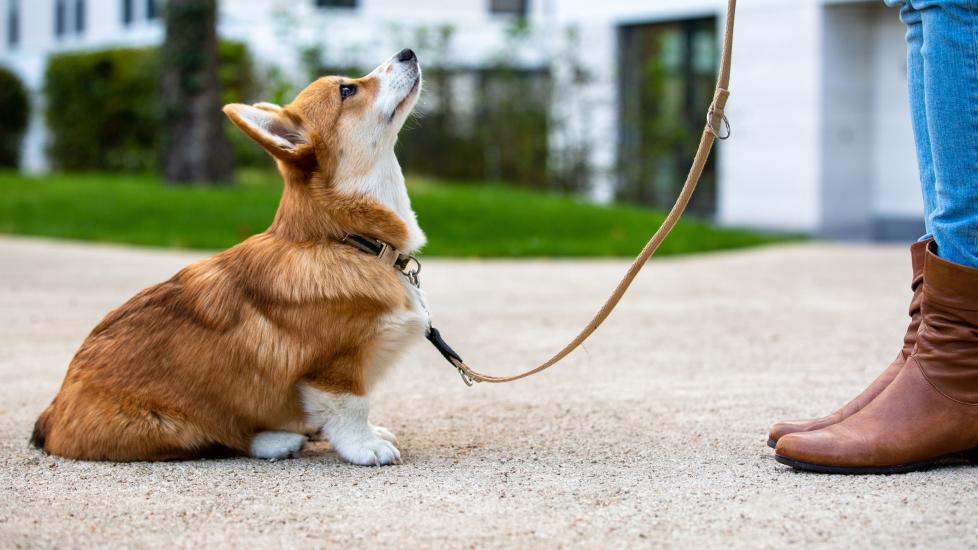
Understanding and Managing Dog Reactivity Towards Shadows
Share
As a dedicated pet owner aiming for your dog's happiness and health, it can be perplexing when you encounter behavioral issues like dog reactivity towards shadows. Is your beloved pet barking or lunging at shadows unexpectedly? Such behavior can be alarming, but understanding its root causes is essential for ensuring their comfort. This article aims to shed light on this intriguing behavior and provide actionable solutions.

Unraveling Shadow Reactivity
Dogs are inherently curious and reactive to movements, making shadows a potential trigger for surprising reactions. Although it may seem strange, many pet owners face this issue. Grasping the reasons behind your dog's reactions to shadows is vital for alleviating their anxiety and enhancing their well-being.
Recognizing the Triggers
Before we explore solutions, it's essential to pinpoint what might be causing your dog's sensitivity to shadows. Understanding the root of this sensitivity can arise from:
1. Heightened Sensitivity
Occasionally, dogs can become particularly alert to changes in their environment. A shadow passing by can resemble movement, prompting an instinctive response.
2. Past Experiences
A dog's previous encounters significantly influence their current behavior. A shadow could evoke memories of an unpleasant experience, leading to a defensive reaction.
Managing Shadow Reactivity
1. Gradual Desensitization
Begin by exposing your dog to mild shadowy environments while gradually increasing exposure levels to help them acclimatize without feeling overwhelmed. This approach enhances dogs' control over their anxiety. Maintain a calm environment initially, minimizing shadow presence.
2. Positive Reinforcement
Reward your dog with treats or praise when they successfully ignore or engage positively with shadows. Consistent positive reinforcement fosters confidence in their ability to remain calm. It's important to consider their diet and the long-term physical implications of anxiety; discover more about positive conditioning.
A Holistic Approach to Behavioral Changes
1. Consistency is Essential
A stable routine provides dogs with a sense of security, helping them feel more comfortable in their surroundings. Ensure that their daily schedule has minimal disruptions and includes engaging exercises that promote well-being.
2. Seek Professional Guidance
If your dog's reactivity to shadows is severe, consider consulting a veterinarian or a professional dog trainer who can offer advanced strategies for behavioral management. Professionals can provide customized advice tailored to your dog's unique character and background. For expert tips, check out resources from Best Friends on training methods.
Growing Through Patience
Your commitment as a pet owner shines through your concern about shadow reactivity. With patience, empathy, and consistent management, you have the opportunity to transform this behavior, allowing you and your pet to deepen your bond and better understand one another.

FAQs
1. Why does my dog bark at shadows?
Dogs often bark at shadows due to heightened sensitivity or previous negative experiences. Identifying the underlying cause will help in customizing solutions.
2. Is shadow reactivity a genetic issue?
While it isn't strictly genetic, certain breeds may have a propensity towards being more anxious or alert based on their lineage.
3. Can training help my dog stop reacting to shadows?
With the right training methods, including positive reinforcement and professional guidance, it is generally achievable to reduce or eliminate unwelcome reactions to shadows.
For more info on behavioral training, refer to this training guide.
Additionally, if your dog shows alarming reactions, you might want to explore strategies on window barking, or read about how to calm anxious dogs in new environments here.
This article contains affiliate links. We may earn a commission at no extra cost to you.
